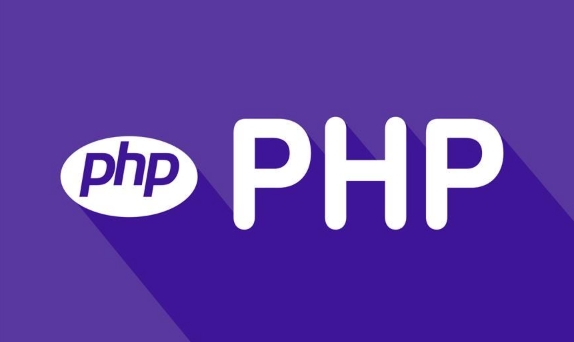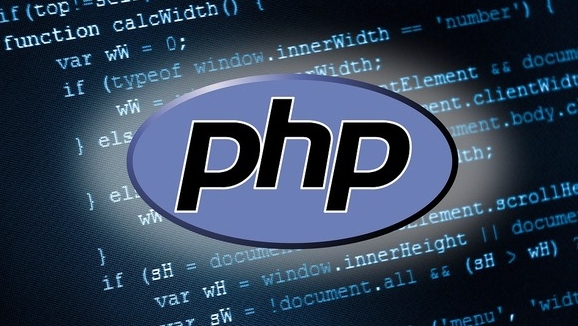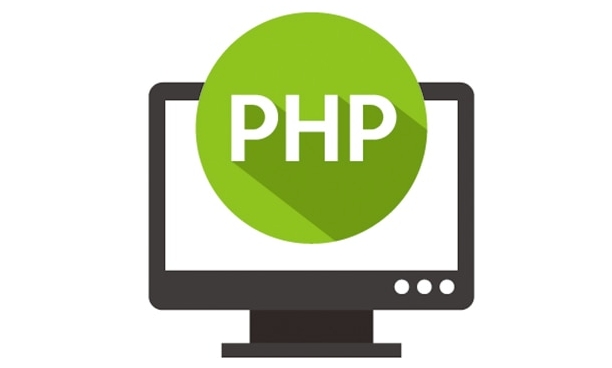Yes, there are multiple online PHP sandbox environments. They allow users to write, test, and run PHP code directly in the browser without the need for a local server, and are suitable for quick testing, learning, or debugging small pieces of code. The main platforms include: 3v4l.org (supports multiple PHP versions), OnlinePHP.io (simple interface), JDoodle (adjustable environment settings), PHP Sandbox by Toolset (suitable for short script testing). Pay attention to: low security, limited execution time, no file operation, and inability to make external requests. If you need higher control, it is recommended to use a local environment such as XAMPP or Docker. Applicable scenarios include: quick test code snippets, learning PHP basics, debugging behaviors of different PHP versions, and sharing examples. Despite its limited functionality, its convenience makes it ideal for experimental work.

Yes, there are several online PHP sandbox environments available. These platforms let you write, test, and run PHP code directly in your browser without needing a local server setup. They're especially handy for quick tests, learning, or debugging small snippets.

Popular Online PHP Sandboxes
There are a few well-known services that offer PHP sandboxing:

- 3v4l.org – Supports multiple PHP versions, great for checking how code behaves across different releases.
- OnlinePHP.io – Simple interface with basic input/output capabilities.
- JDoodle – Offers PHP execution with options to tweak environment settings.
- PHP Sandbox by Toolset – Useful for testing short scripts and seeing immediate results.
These tools vary slightly in features, but all allow you to paste PHP code and see the output right away.
What to Watch Out For When Using Online Sandboxes
While these platforms are convenient, they come with some limitations:

- Security : Never run sensitive or private code in an online sandbox. Your data could be exposed.
- Execution Time / Limits : Some services restrict long-running scripts or memory-heavy operations.
- No File Access : Most online sandboxes don't support reading from or writing to files.
- No External Requests : You usually can't make network calls (like API requests) from within the sandbox.
If you need more control or want to avoid restrictions, consider using a local environment like XAMPP or Docker with PHP installed.
When Should You Use One?
An online PHP sandbox is ideal for:
- Testing small code snippets quickly
- Learning PHP basics without setting up a server
- Debugging code behavior across PHP versions
- Sharing examples with others (eg, on forums or Stack Overflow)
For example, if you're unsure whether array_map preserves keys when working with associated arrays, you can throw together a quick test in seconds.
Basically that's it. They're not replacements for full development environments, but they're super useful for quick checks and experimentation.
The above is the detailed content of Is there an online PHP sandbox environment?. For more information, please follow other related articles on the PHP Chinese website!

Hot AI Tools

Undress AI Tool
Undress images for free

Undresser.AI Undress
AI-powered app for creating realistic nude photos

AI Clothes Remover
Online AI tool for removing clothes from photos.

Clothoff.io
AI clothes remover

Video Face Swap
Swap faces in any video effortlessly with our completely free AI face swap tool!

Hot Article

Hot Tools

Notepad++7.3.1
Easy-to-use and free code editor

SublimeText3 Chinese version
Chinese version, very easy to use

Zend Studio 13.0.1
Powerful PHP integrated development environment

Dreamweaver CS6
Visual web development tools

SublimeText3 Mac version
God-level code editing software (SublimeText3)

Hot Topics
 php regex for password strength
Jul 03, 2025 am 10:33 AM
php regex for password strength
Jul 03, 2025 am 10:33 AM
To determine the strength of the password, it is necessary to combine regular and logical processing. The basic requirements include: 1. The length is no less than 8 digits; 2. At least containing lowercase letters, uppercase letters, and numbers; 3. Special character restrictions can be added; in terms of advanced aspects, continuous duplication of characters and incremental/decreasing sequences need to be avoided, which requires PHP function detection; at the same time, blacklists should be introduced to filter common weak passwords such as password and 123456; finally it is recommended to combine the zxcvbn library to improve the evaluation accuracy.
 PHP Variable Scope Explained
Jul 17, 2025 am 04:16 AM
PHP Variable Scope Explained
Jul 17, 2025 am 04:16 AM
Common problems and solutions for PHP variable scope include: 1. The global variable cannot be accessed within the function, and it needs to be passed in using the global keyword or parameter; 2. The static variable is declared with static, and it is only initialized once and the value is maintained between multiple calls; 3. Hyperglobal variables such as $_GET and $_POST can be used directly in any scope, but you need to pay attention to safe filtering; 4. Anonymous functions need to introduce parent scope variables through the use keyword, and when modifying external variables, you need to pass a reference. Mastering these rules can help avoid errors and improve code stability.
 How to handle File Uploads securely in PHP?
Jul 08, 2025 am 02:37 AM
How to handle File Uploads securely in PHP?
Jul 08, 2025 am 02:37 AM
To safely handle PHP file uploads, you need to verify the source and type, control the file name and path, set server restrictions, and process media files twice. 1. Verify the upload source to prevent CSRF through token and detect the real MIME type through finfo_file using whitelist control; 2. Rename the file to a random string and determine the extension to store it in a non-Web directory according to the detection type; 3. PHP configuration limits the upload size and temporary directory Nginx/Apache prohibits access to the upload directory; 4. The GD library resaves the pictures to clear potential malicious data.
 Commenting Out Code in PHP
Jul 18, 2025 am 04:57 AM
Commenting Out Code in PHP
Jul 18, 2025 am 04:57 AM
There are three common methods for PHP comment code: 1. Use // or # to block one line of code, and it is recommended to use //; 2. Use /.../ to wrap code blocks with multiple lines, which cannot be nested but can be crossed; 3. Combination skills comments such as using /if(){}/ to control logic blocks, or to improve efficiency with editor shortcut keys, you should pay attention to closing symbols and avoid nesting when using them.
 How Do Generators Work in PHP?
Jul 11, 2025 am 03:12 AM
How Do Generators Work in PHP?
Jul 11, 2025 am 03:12 AM
AgeneratorinPHPisamemory-efficientwaytoiterateoverlargedatasetsbyyieldingvaluesoneatatimeinsteadofreturningthemallatonce.1.Generatorsusetheyieldkeywordtoproducevaluesondemand,reducingmemoryusage.2.Theyareusefulforhandlingbigloops,readinglargefiles,or
 Tips for Writing PHP Comments
Jul 18, 2025 am 04:51 AM
Tips for Writing PHP Comments
Jul 18, 2025 am 04:51 AM
The key to writing PHP comments is to clarify the purpose and specifications. Comments should explain "why" rather than "what was done", avoiding redundancy or too simplicity. 1. Use a unified format, such as docblock (/*/) for class and method descriptions to improve readability and tool compatibility; 2. Emphasize the reasons behind the logic, such as why JS jumps need to be output manually; 3. Add an overview description before complex code, describe the process in steps, and help understand the overall idea; 4. Use TODO and FIXME rationally to mark to-do items and problems to facilitate subsequent tracking and collaboration. Good annotations can reduce communication costs and improve code maintenance efficiency.
 Quick PHP Installation Tutorial
Jul 18, 2025 am 04:52 AM
Quick PHP Installation Tutorial
Jul 18, 2025 am 04:52 AM
ToinstallPHPquickly,useXAMPPonWindowsorHomebrewonmacOS.1.OnWindows,downloadandinstallXAMPP,selectcomponents,startApache,andplacefilesinhtdocs.2.Alternatively,manuallyinstallPHPfromphp.netandsetupaserverlikeApache.3.OnmacOS,installHomebrew,thenrun'bre
 Learning PHP: A Beginner's Guide
Jul 18, 2025 am 04:54 AM
Learning PHP: A Beginner's Guide
Jul 18, 2025 am 04:54 AM
TolearnPHPeffectively,startbysettingupalocalserverenvironmentusingtoolslikeXAMPPandacodeeditorlikeVSCode.1)InstallXAMPPforApache,MySQL,andPHP.2)Useacodeeditorforsyntaxsupport.3)TestyoursetupwithasimplePHPfile.Next,learnPHPbasicsincludingvariables,ech






